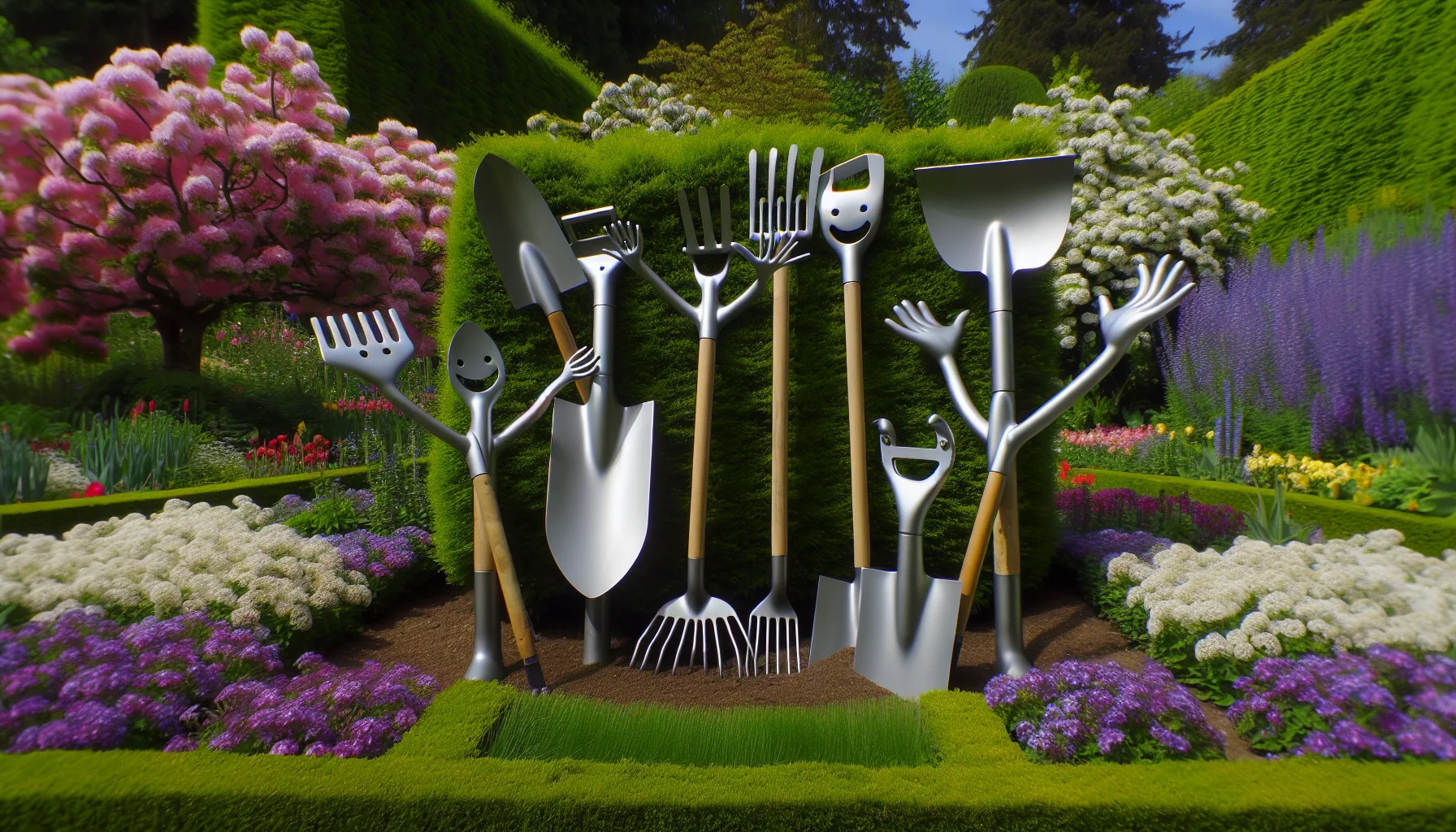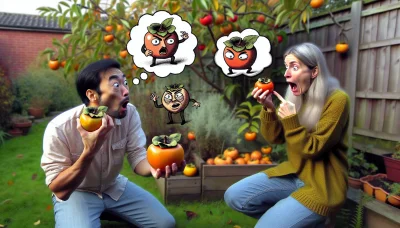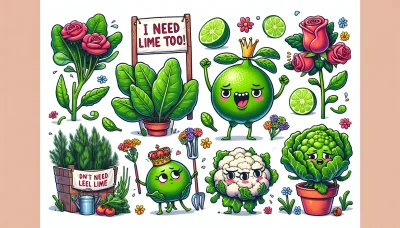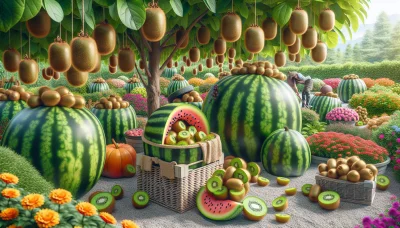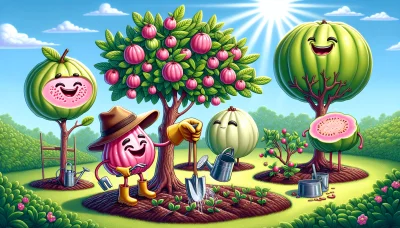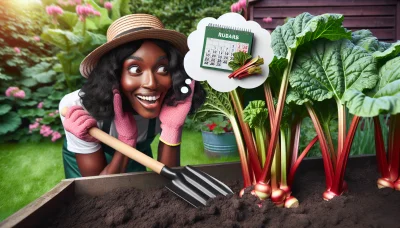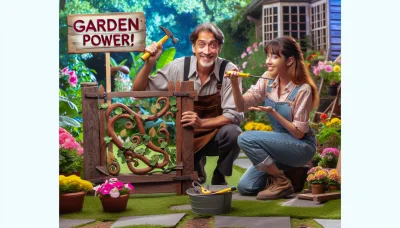Sharpen garden tools Quiz
Test Your Knowledge
Question of
The Essential Guide to Sharpening Your Garden Tools
Keeping your garden tools sharp is crucial for maintaining an effective and efficient garden. Sharp tools make gardening tasks easier, from pruning branches to cutting back perennials. They help ensure clean cuts that heal quickly, reducing the risk of plant diseases. Additionally, using sharp tools requires less physical effort, reducing fatigue and the risk of injury. This guide will explore the importance of sharp gardening tools and provide tips for keeping them in optimal condition.
Identifying Tools That Need Sharpening
- Shears
- Pruners
- Hoes
- Shovels
Materials Needed for Sharpening Garden Tools
To properly sharpen garden tools, you will need a few essential materials and safety equipment. Start with a flat file or a whetstone for sharpening the blades. A flat file is ideal for larger tools like shovels and hoes, while a whetstone is perfect for finer tools like shears and pruners. You'll also need a wire brush or steel wool to remove rust and any debris from the tools before sharpening. For safety, ensure you have durable gloves to protect your hands from sharp edges and safety goggles to shield your eyes from metal filings. Lastly, consider using a lubricant like oil or WD-40 to smooth the sharpening process and protect the metal from rust after sharpening.
Step-by-Step Guide to Sharpening Your Garden Tools
- Gather Your Tools and Materials: Collect all the garden tools you intend to sharpen, such as shears, spades, hoes, and pruners. You will also need a flat file, a whetstone, and some lubricating oil.
- Clean Your Tools: Before sharpening, thoroughly clean your tools to remove any dirt or rust. This can be done using a wire brush or steel wool and soapy water. Dry them completely afterwards.
- Inspect Your Tools: Check each tool for damage. Look for nicks, bends, or excessive wear. Determine if the tool can be sharpened or if it needs to be replaced.
- Sharpening with a Flat File: For tools like spades and hoes, use a flat file. Hold the tool securely and file the edges at a 20 to 30-degree angle, following the original bevel. Use smooth, consistent strokes.
- Sharpening with a Whetstone: For pruners, shears, and other cutting tools, a whetstone is more appropriate. First, lubricate the stone with oil or water. Then, holding the tool at the correct angle, slide the blade across the whetstone in a circular or sweeping motion.
- Checking Your Work: Periodically check the sharpness of your tool by lightly touching the edge. Be careful to avoid cutting yourself. The tool is sharp enough when it can easily cut through a piece of paper.
- Cleaning and Oiling: After sharpening, clean your tools again to remove any metal filings. Apply a light coat of lubricating oil to prevent rust and keep the tools in good condition.
- Store Your Tools Properly: Always store your garden tools in a dry, protected place to prevent rust and damage. Hanging them or keeping them in a tool box are good options.
Maintaining the Sharpness of Your Garden Tools
Keeping your garden tools sharp is essential for maintaining their efficiency and prolonging their lifespan. Regular cleaning after each use is the first step in preserving their sharpness. Remove any dirt and debris with water and a brush, and dry them thoroughly to prevent rust. Applying a light coat of oil on the blades can also protect them against rust and corrosion. For storage, keep your tools in a dry, covered area to prevent exposure to moisture and extreme temperatures, which can damage the metal and handles. Sharpen the blades periodically using a suitable file or whetstone, depending on the tool type, to maintain a sharp edge for easier and cleaner cuts. Following these simple practices will ensure your garden tools remain sharp and effective for years to come.
Common Mistakes to Avoid When Sharpening Garden Tools
- Not Cleaning the Tools First: Dirt and rust can interfere with the sharpening process. Clean your tools thoroughly before attempting to sharpen them.
- Using the Wrong Sharpening Tools: Different tools require different sharpening implements. Using the wrong one can damage your garden tools. Ensure you're using the correct file or stone for the tool you're sharpening.
- Sharpening at the Wrong Angle: Each tool has an optimal angle at which it should be sharpened. Sharpening at too steep or too shallow an angle can make the tool less effective.
- Over-Sharpening: It's possible to sharpen a tool too much, weakening the edge and making it prone to damage. Sharpen only as much as needed to restore effectiveness.
- Ignoring Safety Precautions: Always wear protective gloves and eyewear when sharpening tools to prevent injuries.
- Forgetting to Oil After Sharpening: After sharpening, it's important to oil your tools to protect them from rust and ensure smooth operation.
- Skipping Regular Maintenance: Regularly check and maintain your tools' sharpness. Waiting too long between sharpenings can make the process more difficult and time-consuming.
